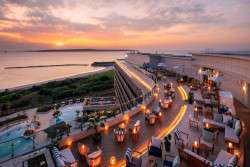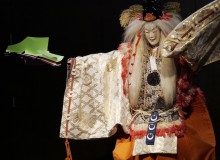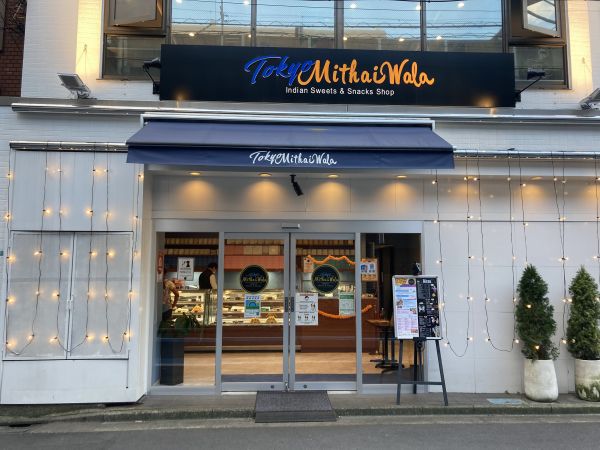
September 12, 2025
Tokyo Neighborhood Guide: Nishi Kasai
Heartlands: The Indian enclave that was under the sea
At first glance Nishi-Kasai is just like any other town in Tokyo. The neighborhood in Edogawa Ward has a busy station area with the usual shops, cram schools and convenience stores. But there’s more to this riverside community than first meets the eye.
Alongside the gridded downtown streets and simmering shоtengai, a South Asian community has fostered a local neighborhood that has earned the nickname “Little India”. This community has become an intrinsic part of the area, which is woven with home-spun Indian eateries, specialist shops and local events — though it hasn’t always been that way.
Things didn’t properly start to develop in terms of urban residential living until 1979 when Nishi-Kasai Station first opened as part of the Tokyo Metro. But where multi-storey apartment blocks and commercial ventures now slot in along the side streets, once upon a time lay tidal flats and coastal farms.
A Seaside Town Without the Sea
Nishi-Kasai’s story has always been dictated by its location. Today, it may be situated on the banks of the Arakawa River, but originally the town faced the water of Tokyo Bay and went by the name Kasaiura or Kasai Kaigan (“Kasai Seaside”). Instead of modern paved streets and concrete buildings, the area at mouth of the river consisted of a complex carpet of vast tidal flats, small islands and wetlands. These shallow waters were punctuated by Sanmaishu, a tidal island that stretched into the bay for three kilometers, providing a haven for wildlife and ideal conditions for clam and seaweed farming.
The sea level location meant that the district was constantly under threat of flooding. During the Edo period, various attempts were made to control the flooding. The Great Flood of 1910 brought disaster; caused by heavy rains from typhoons, it displaced an estimated 1.5 million people in Tokyo alone. The catastrophe prompted the construction of the Arakawa Floodway, built in an attempt to mitigate any future flooding. Still, much of the district remained sparsely populated until after World War 2.
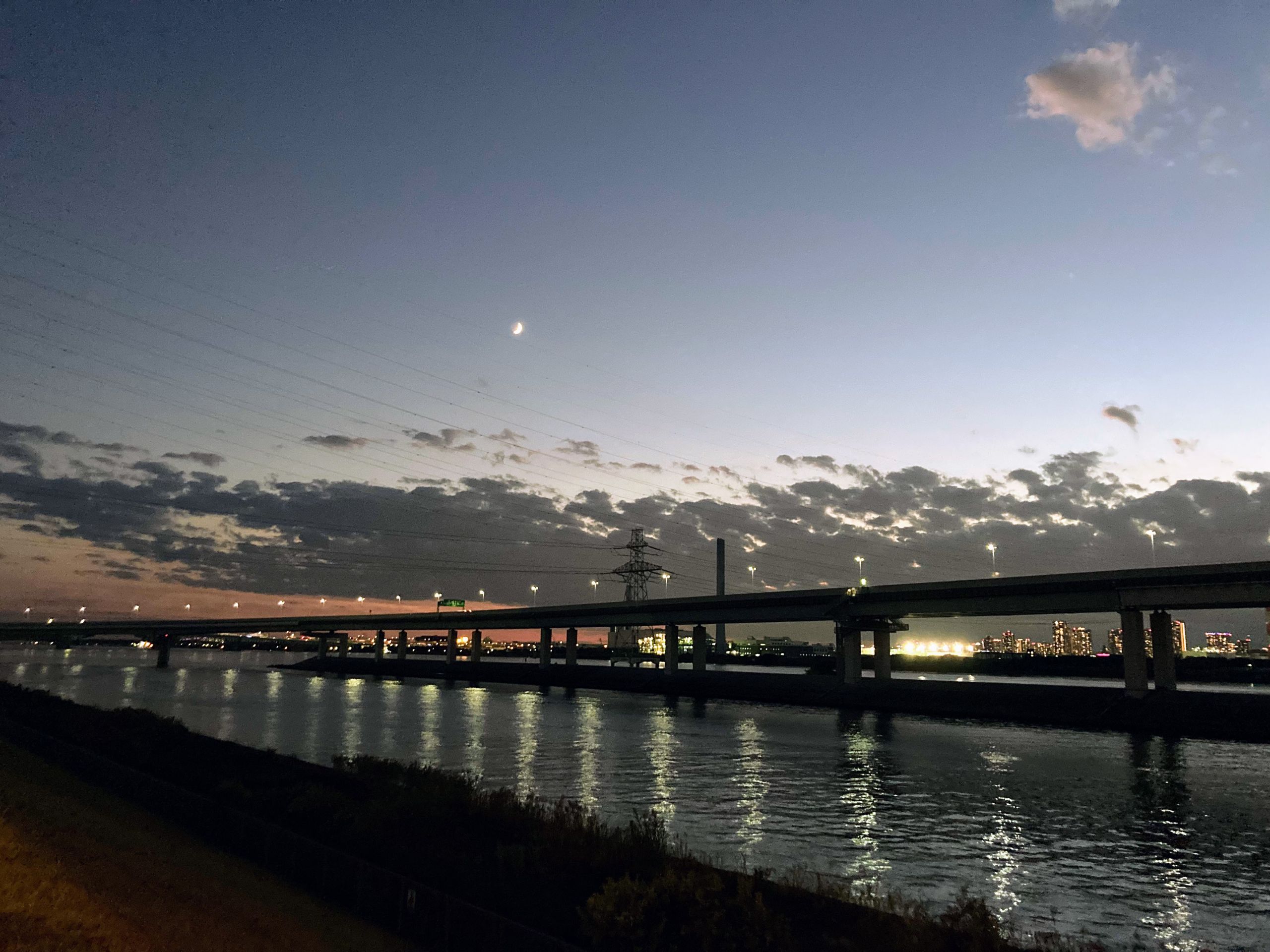
Typhoon Kathleen in 1947 and Typhoon Kitty in 1949 also caused severe damage to the town, leading to the construction of embankments along the coast to protect the capital. By 1972, the large-scale Kasai Offshore Development Project reclaimed the shallow coastal waters, and the whole of Nishi-Kasai was finally cut off from Tokyo Bay entirely. This is when the town as it looks today began to take shape: Wide city roads and gridded urban streets were built, and the urban area saw the arrival of hospitals, grocery stores, and schools.
The much-needed urban development not only helped protect Tokyo from flooding threats but also made Nishi-Kasai a more attractive area to live in. By the turn of the century, the modern town began welcoming a growing South Asian population, an occurrence that would eventually lead to its nickname of “Little India.”
A Blossoming Indian Enclave
Like many immigrant communities, the Indian population in Nishi-Kasai grew up through connections and convenience. The increase of South Asian people moving to Japan, however, is down to something a little different.
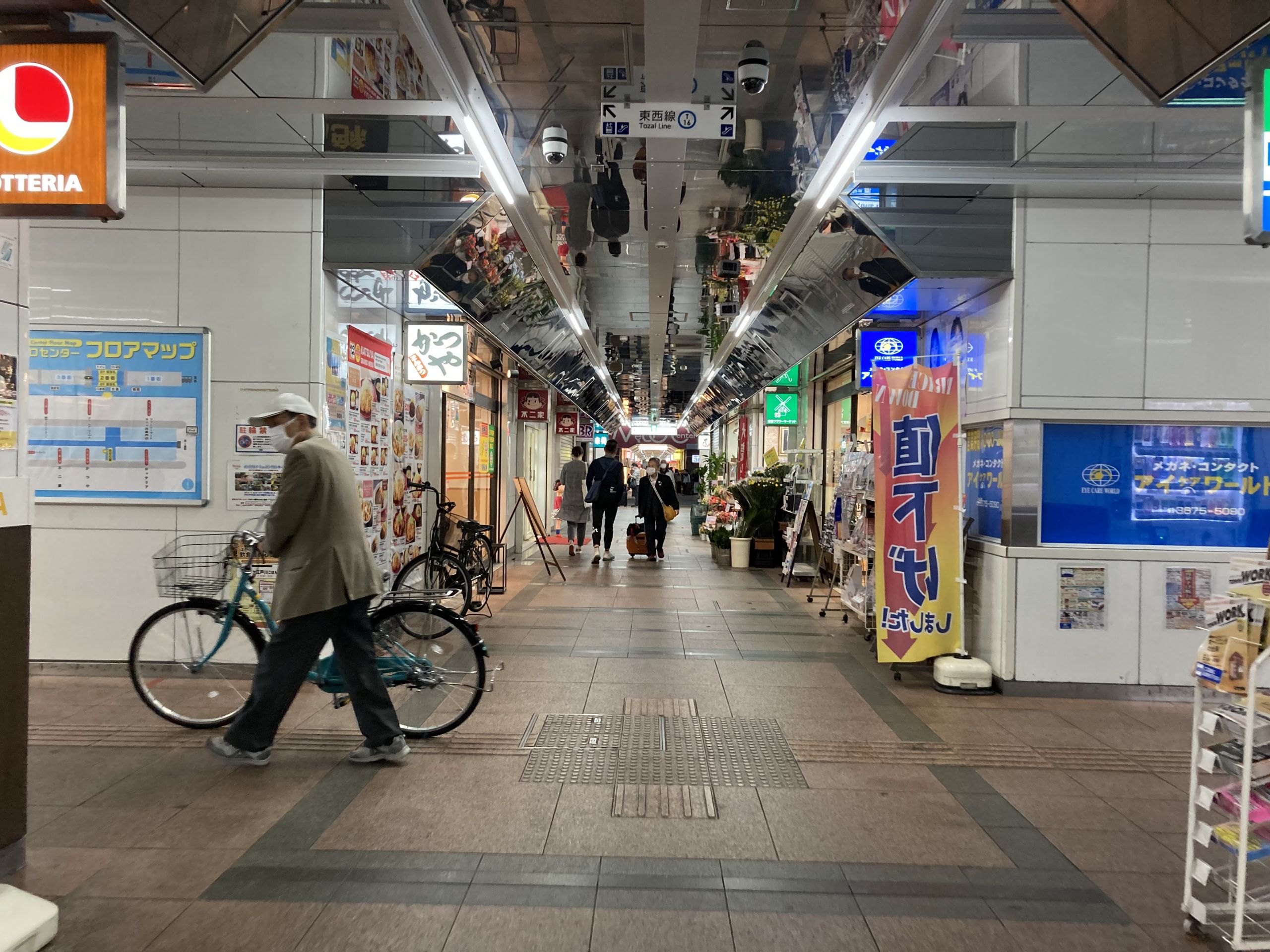
As the world rolled ever closer to the turn of the millennium, it seemed that everyone suddenly got worried about one thing. Not that the world might end or what the new millennium will bring (hint: climate change, pandemics and social upheaval), but a little something called the Millenium Bug.
This techy glitch threatened to cause global computer chaos; anything with an inbuilt computer wouldn’t be able to comprehend the year changing from ‘99 to ‘00, and so fundamentally would not know what day it was. IT engineers, mainly from India, were drafted into Tokyo to help work on the problem.
Thankfully, the massive malfunction was very much overplayed and we all lived happily ever after — as did many of the Indian tech specialists who had originally moved to Japan to work on the issue. The population of Indians in the area grew rapidly after 2001 with the loosening of visa requirements for Indian IT engineers.
Nishi-Kasai was a popular place for engineers to live because of its proximity to tech companies in central Tokyo. But despite their skills, many Indians who had come to work in Tokyo were blocked from renting by Japanese landlords. Instead, they found themselves living in hotels and temporary “weekly mansions”.
Help was at hand. The burgeoning Indian populace was unofficially overseen by Jagmohan Chandrani. Being one of the first Indian people to settle in the district, he was well placed to induct South Asians to life in Nishi-Kasai. Chandrani guided the newly arrived Indians, liaising with local estate agents and helping to secure more permanent accommodation.
Since then, the community has grown exponentially. It’s said that around ten percent of all Indians in Japan live in Edogawa Ward. The area even produced Yogendra Puranik, the first Indian-born person to be elected into the Japanese government as a member of the Edogawa City Assembly.
Local delights at Nishi-Kasai
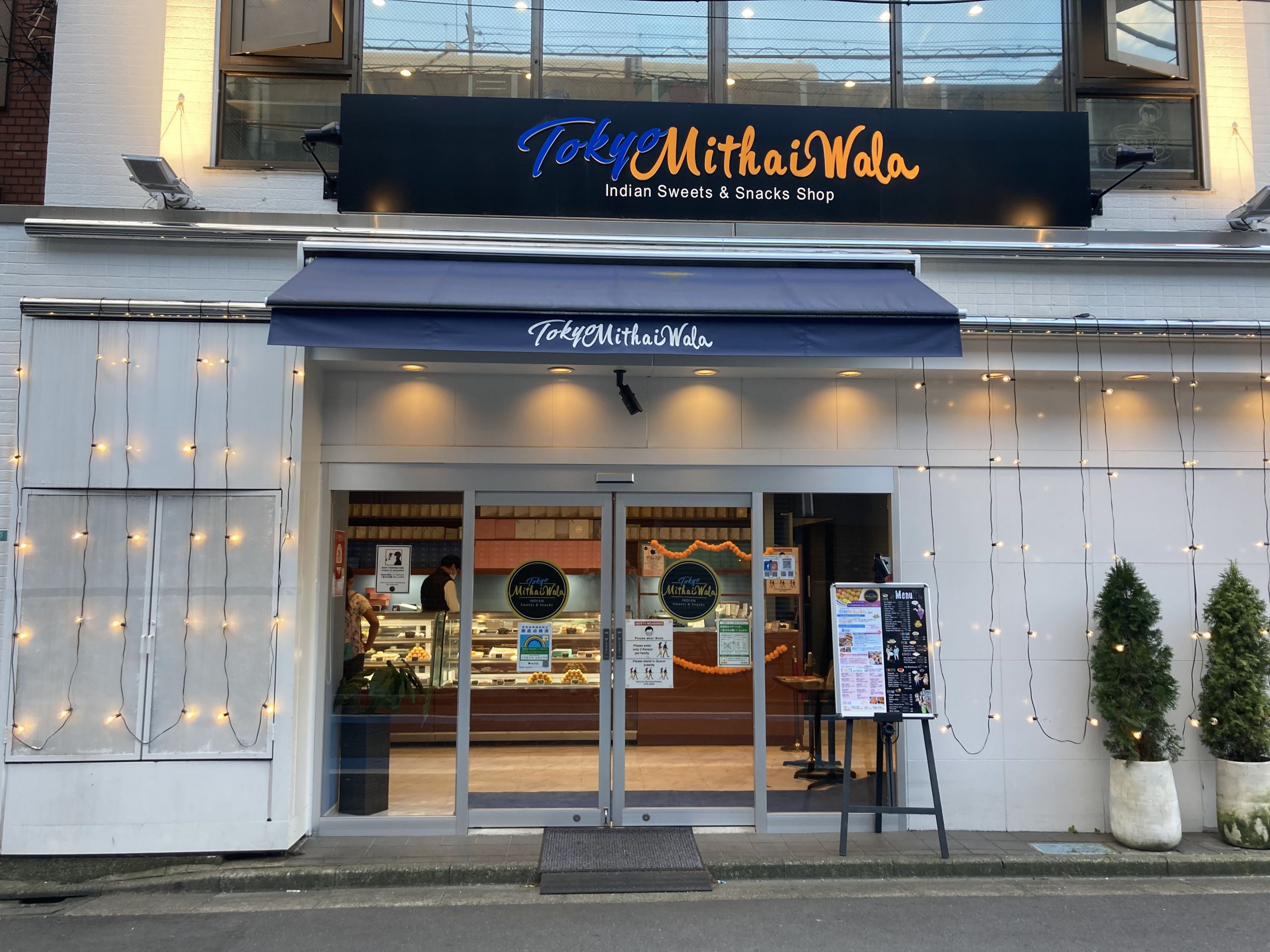
With the thriving Indian community came the blossoming of business. New Indian eateries and grocery stores sprang up to provide a taste of home, reflecting the area’s diverse culture. Visiting the riverside district offers the chance to devour deliciously authentic Indian eats.
Tokyo Mithai Wala is the place to go for all things sweet and savory. Head upstairs to the restaurant on any lunchtime to be greeted by a clean-lined modern Indian eatery punctuated with color pops and tables filled with families tucking into meals together. The menu offers reasonably-priced staples and seasonal set meals; the samosa has a moreish kick that’s perfectly washed down with a sweet cup of chai. Downstairs, the mithai (sweets) side of the business tempts even the fullest of diners with neatly stacked piles of handmade treats to take home.
For when you want to fill your kitchen cupboards with Indian edibles there’s shops aplenty selling an array of Indian sundries, from beans and pickles to beauty products and accessories. One such place is Swagat Indian Bazaar — a small but authentic grocery store stacked full of Indian produce and apparently the oldest of its kind in Nishi-Kasai. Kobe Spice Outlet also provides a friendly place to shop for Indian spices and pulses at much more affordable prices compared to supermarkets. There’s also TMVS Foods; self-styled “The Indian Supermarket”, it sells a range of Indian goods including frozen paratha and ghee.
Once successfully stuffed with some of the area’s epicurean offerings, it’s time to take a stroll. Thankfully, the town has a network of green spaces that are ideal for leisurely walks. Starting at the Recreational Park — home to Children’s Square, which hosts frequent local events (often with ties to the Indian community) — head over the road to Rainbow Plaza which is edged by an impressive artificial waterfall that visitors can actually walk behind for extra atmospherics.
From there it’s a leisurely stroll to Shin-Nagashima River Water Park, complete with splash pools and stream-side paths. For those who want to catch sight of Tokyo Bay, waterfront Kasai Rinkai Park features a large open space with ponds and parkland; it’s also home to Tokyo Sea-Life Park and the Tokyo Olympic Canoe Slalom Center. A footbridge connects the park to Nishi Nagisa — a remnant of old Edo’s tidal flats, now a sandy beach where locals still dig for clams in early summer.
Away from the civic engineering, Indian eateries, shops and restaurants form the backbone of Nishi-Kasai, a town that blows the idea of a homogeneous Japan out of the water. There are so many places to eat — some catering to vegans and vegetarians, others specializing in regional Indian cuisine — that it’s hard to focus on just a few. But take notes and keep a list: It’s a corner of the city where you’ll want to make a return trip.
Originally published in March 2023, updated for 2025.


